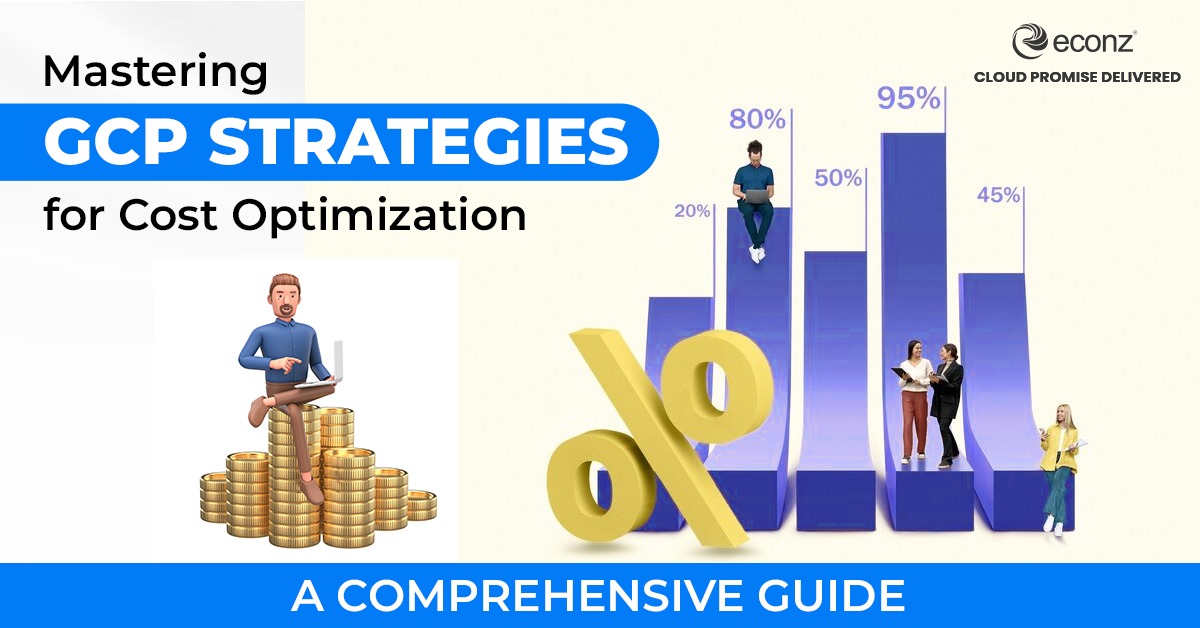

Implementing GCP strategies for cost optimization can lead to significant savings on cloud expenses, allowing organizations to allocate resources more efficiently and invest in innovation initiatives. Additionally, it improves cost predictability and financial management, enabling better budgeting and planning processes.
GCP provides a Pricing Calculator tool as part of its strategies for cost optimization. This tool allows you to estimate the cost of various services based on your usage requirements. By inputting parameters such as instance type, storage capacity, and data transfer volume, you can generate cost estimates to inform your decision-making process.
Econz, as a premier Google Cloud Partner, specializes in GCP strategies for cost optimization. They provide expert guidance on leveraging GCP’s cost-saving features, such as rightsizing, sustained use discounts, and preemptible VMs. Additionally, Econz offers continuous monitoring and adjustment services to ensure your cloud resources are always optimized, helping you achieve maximum efficiency and cost savings.
Yes, several third-party tools complement GCP’s native cost management capabilities, enhancing GCP strategies for cost optimization. Tools like CloudHealth, CloudCheckr, and Spot by NetApp offer advanced analytics, automation, and optimization features to help organizations maximize cost savings and efficiency on GCP.
One common pitfall in GCP strategies for cost optimization is overlooking the dynamic nature of cloud environments and failing to regularly reassess resource usage and requirements. It’s essential to continuously monitor and adjust your optimization strategies to align with evolving business needs and technological advancements. Econz can help businesses optimize costs on a regular basis.

We are innovators and leaders, driven by a passion for technology, helping organizations transform their operations.

Econz IT Services Pvt Ltd
Ground Floor, No. 58
HM Towers,
Brigade Road,
Bengaluru, Karnataka,
India 560001
Mob: +91 9513252122

Econz IT Services Private Limited
HD-349, WeWork Oberoi Commerz II, 20th floor, CTS No. 95, 4 B 3 & 4 590, Off W. E.Highway, Oberoi Garden City, Goregaon East (D2), Mumbai, MH 400063

Econz IT Services Private Limited
3RD FLOOR, 66/4034,
MAYUR BUSINESS CENTER,
CHITTOOR ROAD, Pullepady Junction, Kochi,
Ernakulam, Kerala, 682035

Econz IT Services Limited
9, Sherborne Avenue,
Cardiff, Wales,
CF23 6SJ,
United Kingdom

Econz IT Cloud Service and DataCenters Providers
1804, 18th Floor, Burjuman Business Tower
Khalid Bin Walid Road
Dubai, United Arab Emirates
Ph. No: +971-564576588
© 2025. All rights reserved.